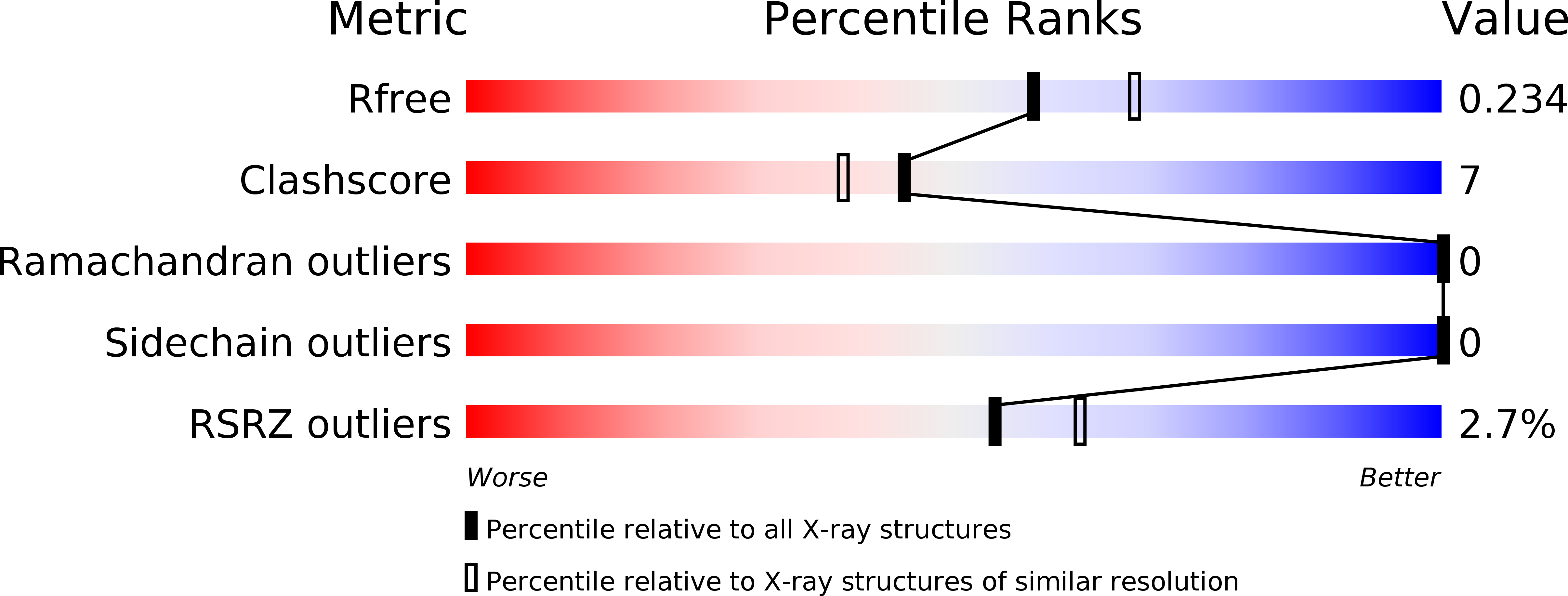
Deposition Date
2015-05-22
Release Date
2016-02-24
Last Version Date
2024-05-08
Entry Detail
PDB ID:
4ZZF
Keywords:
Title:
Crystal structure of truncated FlgD (tetragonal form) from the human pathogen Helicobacter pylori
Biological Source:
Source Organism:
Helicobacter pylori 26695 (Taxon ID: 85962)
Host Organism:
Method Details:
Experimental Method:
Resolution:
2.17 Å
R-Value Free:
0.23
R-Value Work:
0.19
R-Value Observed:
0.19
Space Group:
I 4 2 2


